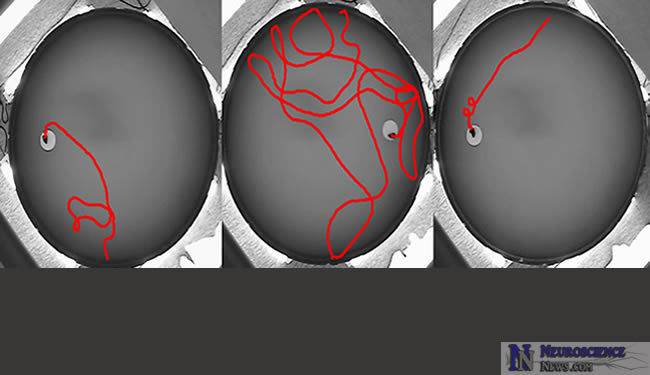
The treatment of fibromyalgia (FM) is a three-pronged approach involving medication, cognitive-behavioral therapy and exercise. Medication and cognitive-behavioral therapy have been discussed in other articles. in this article we will discuss specific arrangements for the exercises that can be useful.
Because the pain of FM can increase physical activity, many fibromyalgia patients become sedentary. This sedentary lifestyle is the beginning of a downward spiral that leads to lack of fitness. Deconditioning after symptoms worse at rest and even the minimal effort becomes painful. It is essential to prevent deconditioning, because once that occurs, the treatment of FM is much more difficult.
Exercise, proper amount and type, can prevent this from deconditioning. Types of exercise that have been evaluated in patients with FM are aerobic exercise, stretching and strengthening, and combine stretching, strengthening and flexibility exercises.
Aerobic exercise consists of walking, biking, and swimming-based forms of exercise. While walking is the most convenient form of exercise, the impact of walking can be too much for some people with FM. Low to no impact exercise, such as a stationary bike, elliptical, and swimming appear to be the best forms of aerobic exercise tolerance.
The high-intensity exercise on the heart rate is 150 beats per minute is poorly tolerated. This discourages patients with FM and usually stop exercising. This obviously should be avoided.
More moderate forms of aerobic activity, which keeps the heart rate of about 55% to 70% of maximum heart rate adjusted for age is better tolerated. the exercise should begin well below the capacity of the patient and gradual increase in the duration of a target of 30 minutes of moderate aerobic activity per day.
In our clinic is recommended that patients start with 2-3 minutes a day and increase as tolerated to this point.
Studies have also evaluated the strengthening and stretching for FM. While there may be some benefit to these modalities, aerobic fitness seems to be the type of exercise that has the highest value.
As with all programs, treatment should be individualized. Some patients may benefit from stretching and strengthening, along with aerobic exercise.
The exercise plus cognitive-behavioral therapy and medication, works for the most motivated patients.